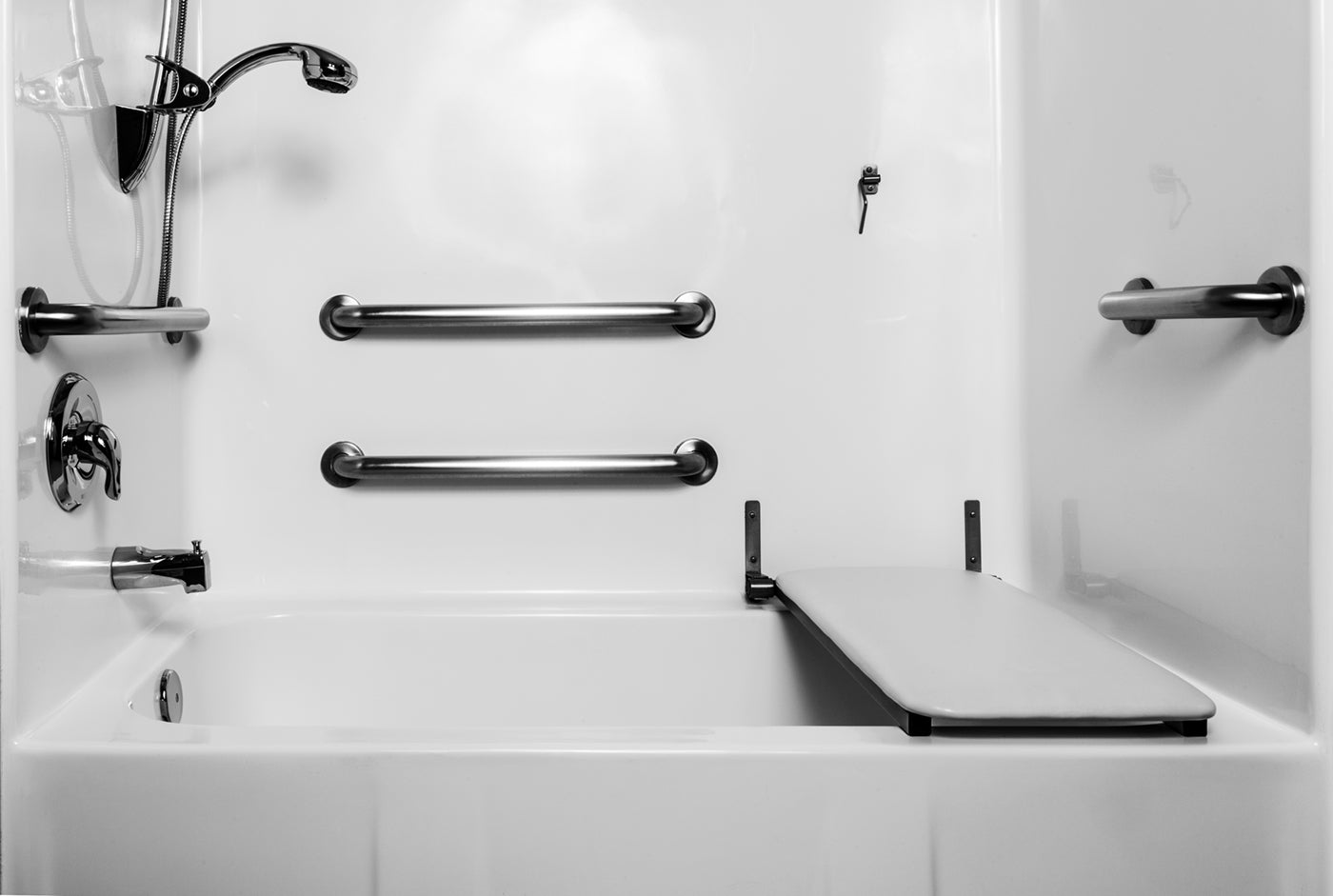
As senior citizens age, safety and accessibility in the bathroom become increasingly important. Traditional bathtubs can pose challenges for seniors due to their high step-in height and slippery surfaces. To address these concerns, walk-in tubs have emerged as a popular bathing solution for older adults. In this comprehensive article, we will explore the different types of walk-in tubs available for senior citizens, discussing their features, benefits, and considerations. By understanding the options at hand, seniors can make informed decisions to improve their bathing experience, safety, and overall well-being.
1. Soaker Walk-in Tubs
Soaker walk-in tubs are designed to provide a deep and immersive bathing experience. They are equipped with a built-in seat and a door that allows seniors to step into the tub, close the door, and fill the tub with water before bathing. Key features and benefits of soaker walk-in tubs include:
- Hydrotherapy options: Many soaker tubs offer hydrotherapy features such as air jets or whirlpool systems, providing therapeutic benefits such as pain relief, improved circulation, and relaxation.
- Deep soaking capability: These tubs are designed with higher walls, allowing for a full-body soak and submersion in warm water, promoting relaxation and muscle tension relief.
- Enhanced safety features: Soaker tubs often come with grab bars, non-slip flooring, and anti-scald technology, ensuring a safe and secure bathing experience.
2. Wheelchair Accessible Walk-in Tubs
For seniors who use wheelchairs or require additional assistance, wheelchair accessible walk-in tubs are an ideal choice. These tubs feature wider doors and larger interior spaces to accommodate wheelchairs and caregivers. Some benefits of wheelchair accessible walk-in tubs include:
- Barrier-free entry: The low threshold and wide doors allow for easy entry and exit, eliminating the need for stepping over high bathtub walls.
- Spacious design: These tubs provide ample room for maneuverability and assistance, enabling seniors to bathe comfortably with the help of caregivers.
- Safety and accessibility features: Wheelchair accessible tubs often include safety grab bars, anti-slip flooring, and hand-held showerheads, ensuring a secure and accessible bathing experience.
3. Bariatric Walk-in Tubs
Bariatric walk-in tubs are specifically designed to accommodate individuals with higher weight capacities. These tubs offer reinforced construction, wider doors, and larger seating areas to support the needs of heavier individuals. Key features and benefits of bariatric walk-in tubs include:
- Increased weight capacity: Bariatric tubs can support higher weight limits, providing a safe and comfortable bathing experience for individuals with obesity or higher body weights.
- Sturdy construction: These tubs are built with durable materials and reinforced structures to ensure stability and long-lasting use.
- Accessibility features: Bariatric tubs often include features such as grab bars, non-slip surfaces, and easy-to-reach controls, enhancing safety and accessibility for individuals with limited mobility.
4. Combination Walk-in Tubs
Combination walk-in tubs offer the benefits of both a traditional bathtub and a therapeutic spa. These tubs combine the features of a soaker tub with additional therapeutic options such as whirlpool jets, air jets, or chromotherapy lighting. Benefits of combination walk-in tubs include:
- Versatility: Combination tubs allow seniors to enjoy a relaxing soak with the added benefits of hydrotherapy, massage, or chromotherapy, depending on the model.
- Customizable features: These tubs often offer adjustable jet intensity, targeted massage options, and various lighting settings, allowing seniors to personalize their bathing experience.
- Enhanced relaxation and well-being: The combination of warm water, hydrotherapy, and ambient lighting can promote relaxation, stress reduction, and improved mood.
Considerations for Choosing Walk-in Tubs
When selecting a walk-in tub, consider the following factors:
- Size and layout of the bathroom: Assess the available space in the bathroom to determine the tub size and configuration that will fit comfortably.
- Safety features: Look for tubs with built-in grab bars, anti-slip flooring, and adjustable handheld showerheads to ensure a safe bathing experience.
- Accessibility needs: Consider the specific needs of the user, such as wheelchair accessibility, bariatric support, or additional caregiver assistance.
- Water and energy efficiency: Look for tubs with features such as quick-fill faucets, low water consumption, and energy-efficient components to minimize water and energy usage.
- Professional installation: Walk-in tubs often require professional installation to ensure proper fitting, plumbing, and electrical connections.
Walk-in tubs have revolutionized bathing for senior citizens, offering enhanced safety, accessibility, and comfort. From soaker tubs for a deep and relaxing bathing experience to wheelchair accessible and bariatric tubs for those with specific needs, seniors have a range of options to choose from. Combination tubs provide therapeutic benefits, further enhancing the bathing experience. By considering factors such as size, safety features, accessibility needs, and water efficiency, seniors can select the walk-in tub that best suits their requirements and preferences. Investing in a walk-in tub can significantly improve the bathing experience for seniors, enabling them to maintain their independence, relax, and enjoy the benefits of safe and accessible bathing for years to come.

 1-800-916-0138
1-800-916-0138